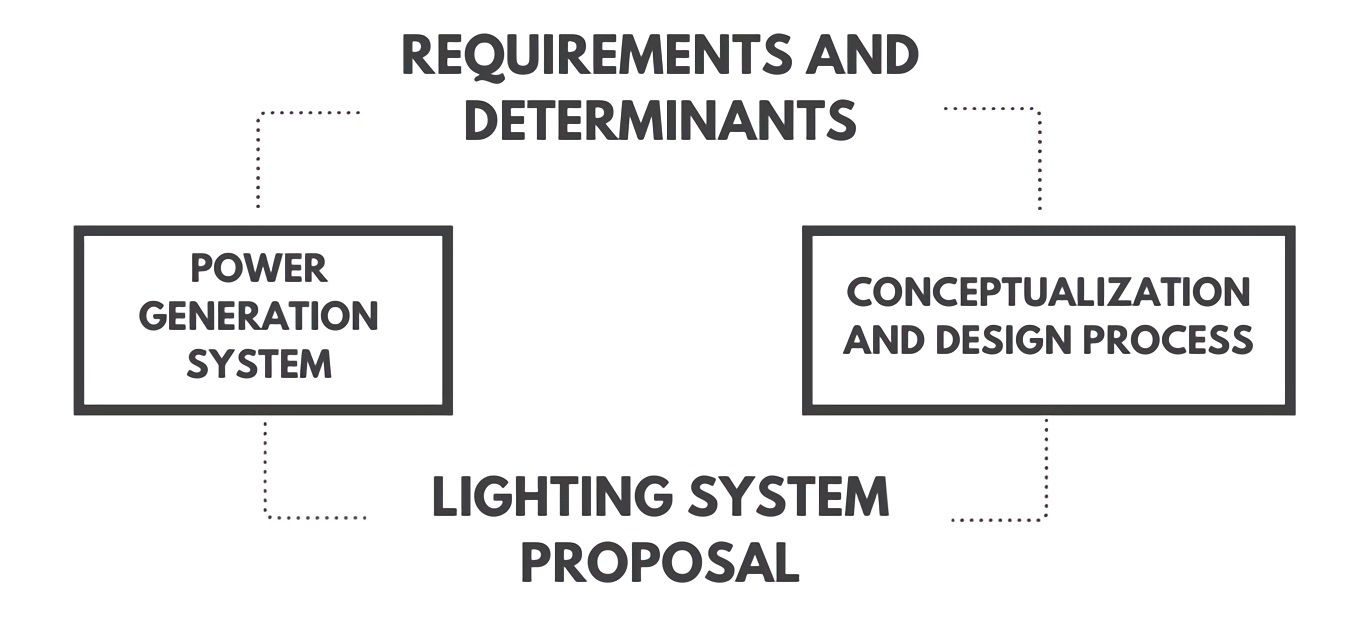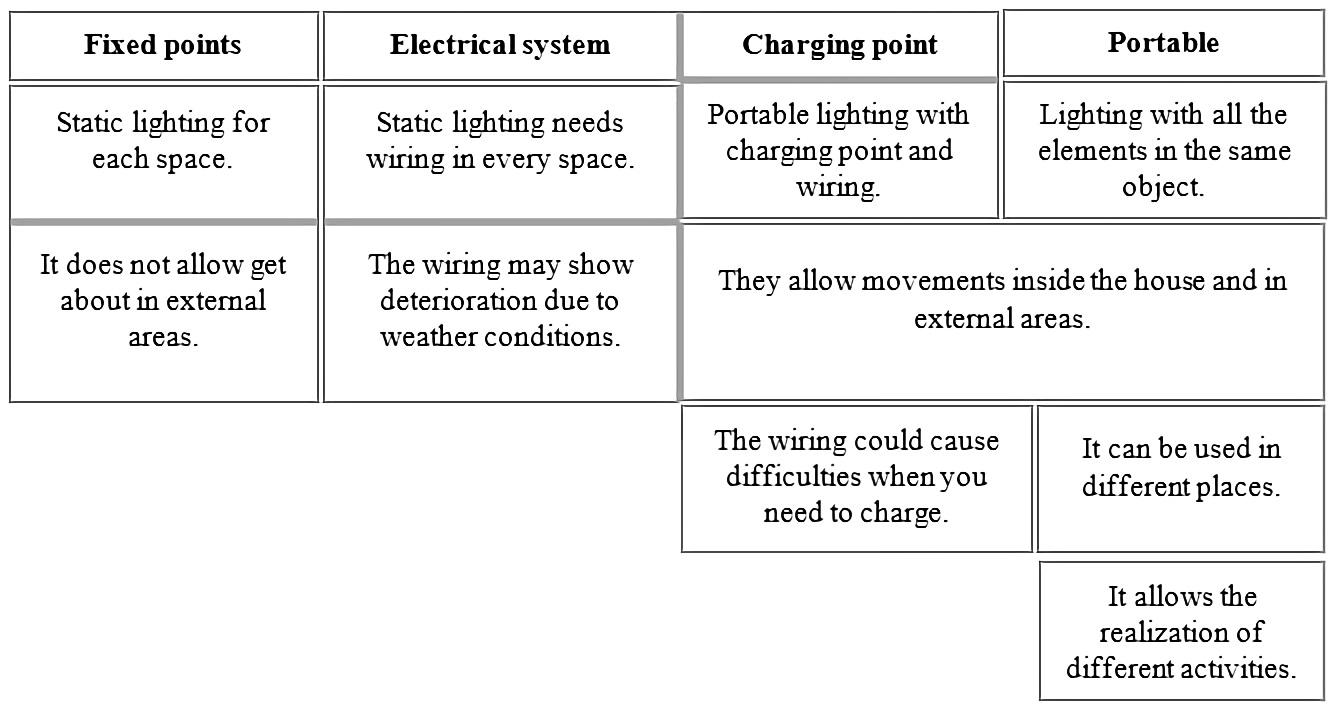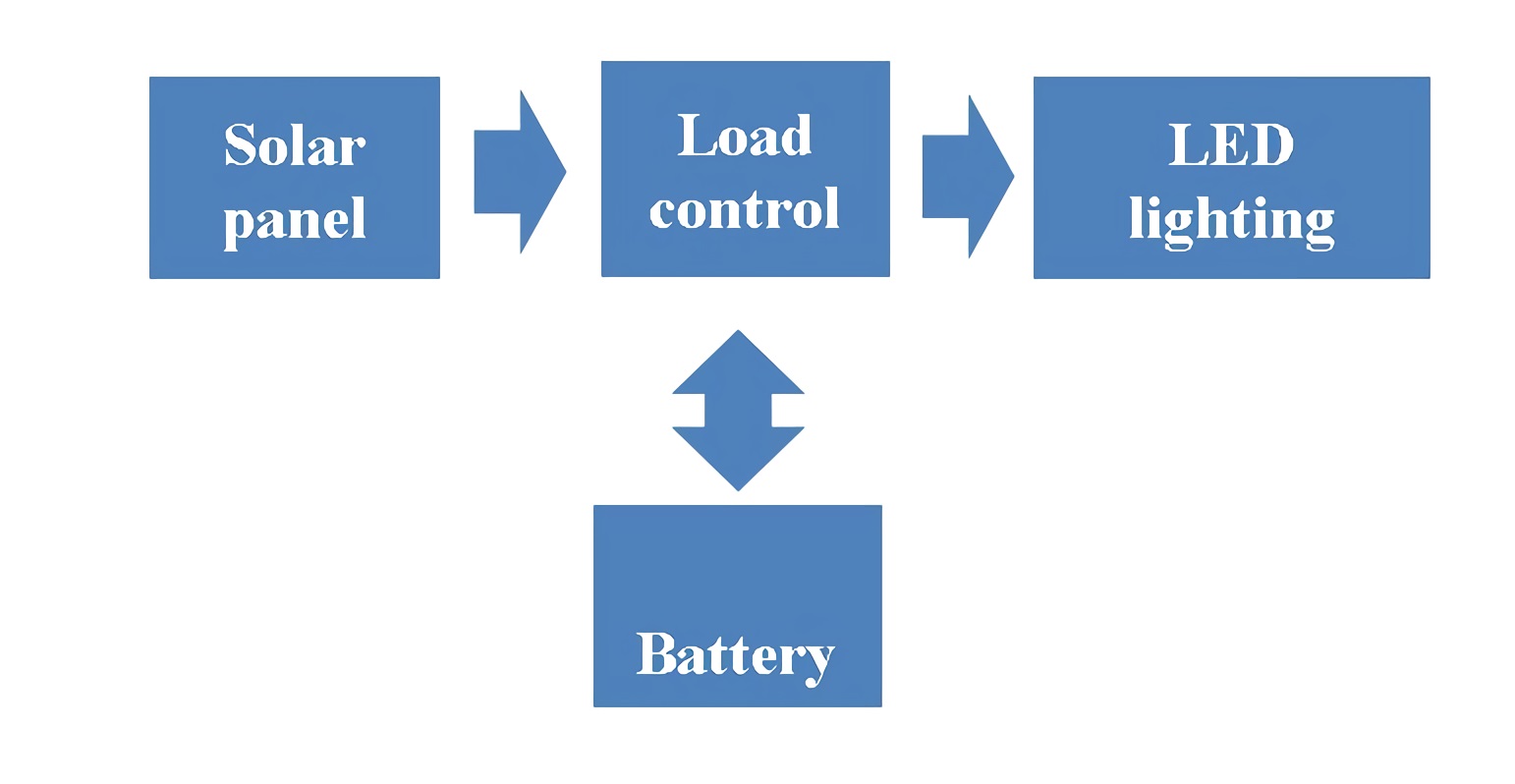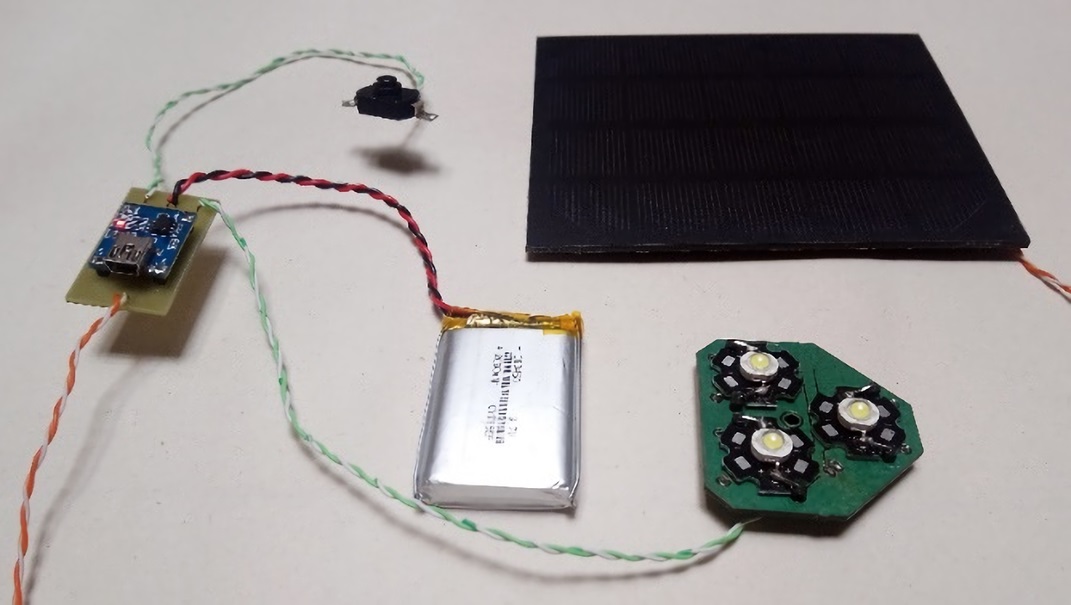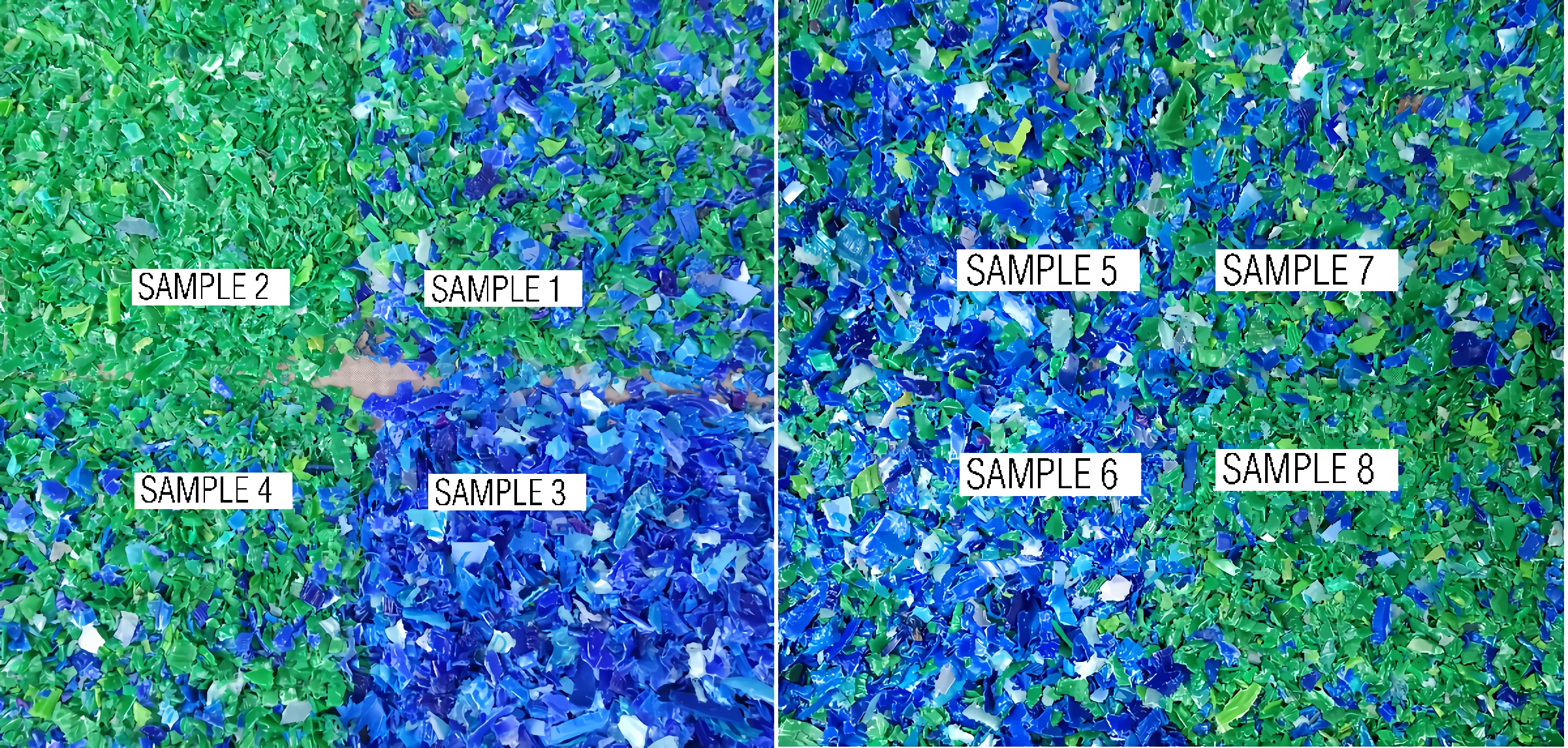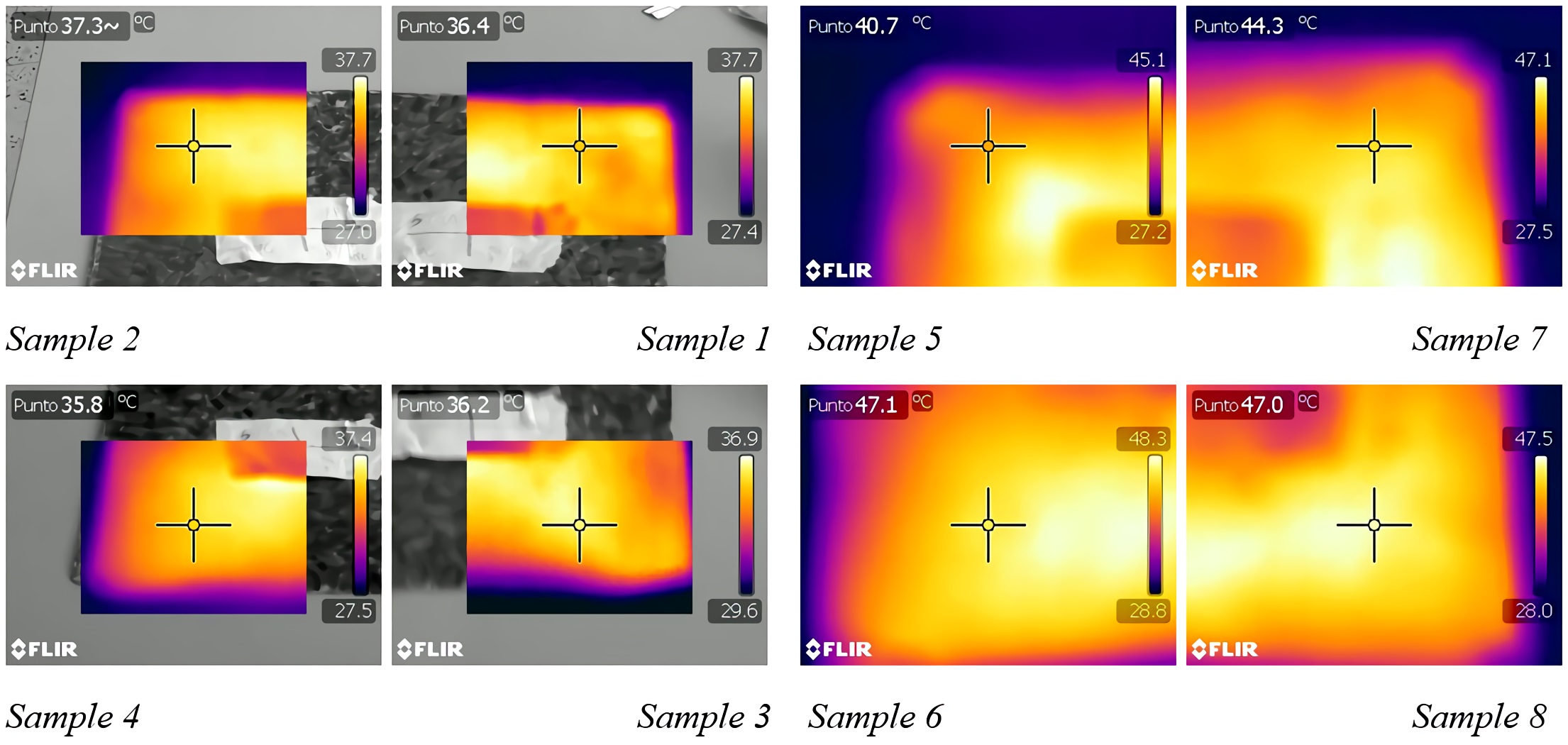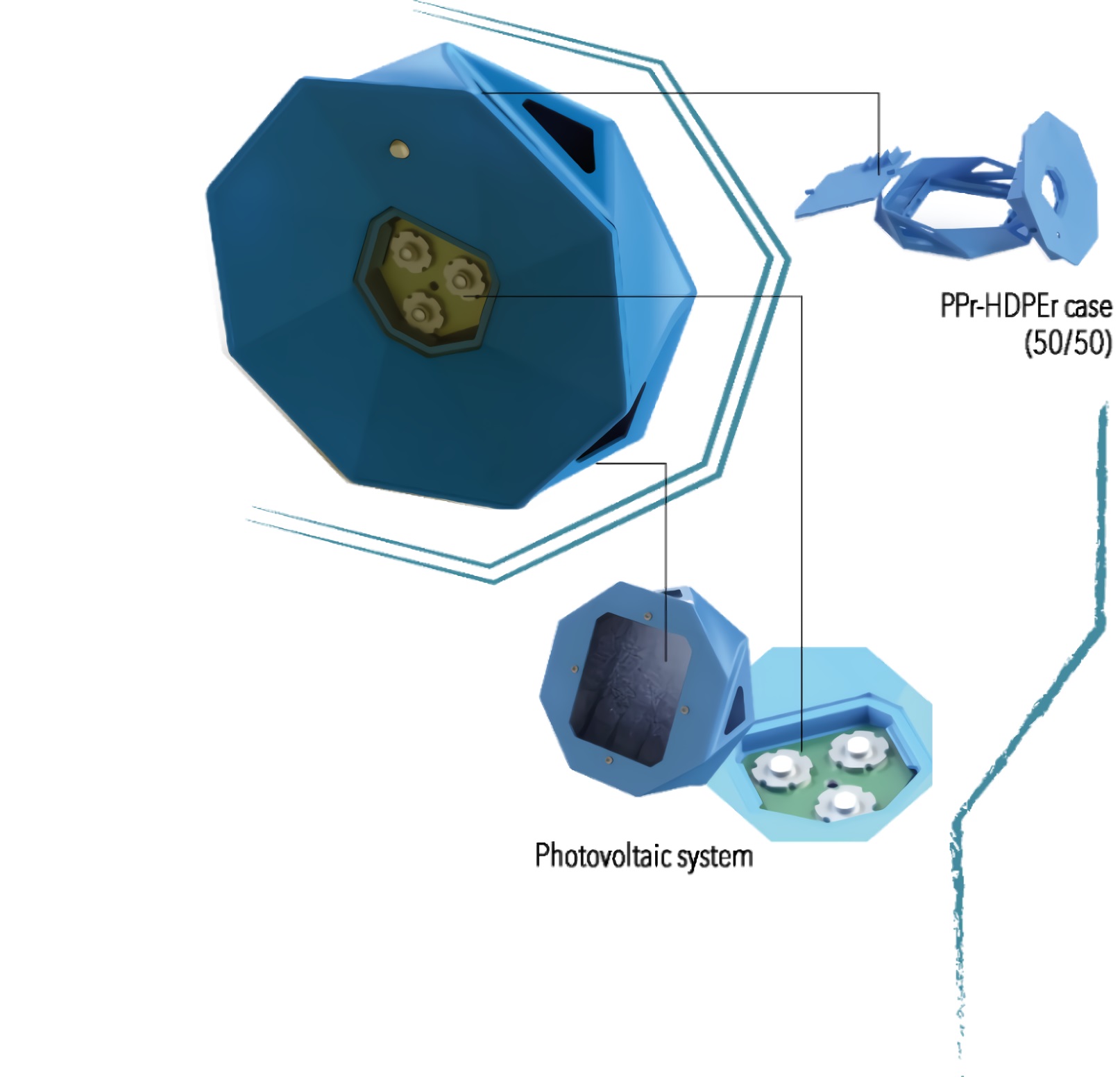1. Introduction
Approximately a 27.7% of the Colombian population lives in a situation of unsatisfied basic needs with a low quality of life index, according to the results of the 2005 census 1 and suffers energy poverty 2. This allows us to identify that home lighting of the NIZs is conditioned by the continuity of the service or its availability. In addition, approximately 20.9% of the rural areas of Chocó do not even have the service 3, which forces them to make use of other alternatives such as candles, batteries, and oil and kerosene lamps 3.
Inside the houses when there is no energy service that facilitates the lighting of each space, adaptations are made in order to be able to continue with daily activities 4. The alternatives presently used in these areas, specifically those based on the use of fuel, not only generate a negative impact on the environment (5, but also a high risk for the users’ health and safety, including burns, inside air pollution, children poisoning due to accidental ingestion of kerosene fuel, and vision health problems, among other risks (6. Therefore, lighting systems based on non-conventional sources of energy become increasingly important every day due to factors such as high efficiency and low environmental impact, being photovoltaic energy one of the most used 7,8.
In the case of Colombia, the available information sources about solar radiation indicate that the country has an average irradiance of 4,5 kWh/m2/d 9, which exceeds the world average of 3,9 kWh/m2/d. According to the Colombian Mining and Energy Planning Unit’s Solar Radiation Atlas 9, particular regions of the country present irradiation levels above the national average, which allows considering the use of this energy source as an alternative for multiple applications of daily use (10,11, including lighting not only for the rural areas but also for the urban context 12,13. On the other hand, in Colombia approximately 1,250,000 tons of plastic are consumed annually 14. This has led in recent years to a drastic increase in the accumulation of floating residues on beaches and other ecosystems of the coastal municipalities of the country such as the swamps. More than 50% of this waste is made up of plastic waste 15. Notwithstanding, 90 % of the beaches in Colombia are already polluted by micro plastic with particles of 5 mm of diameter (16.
Therefore, the use of this waste for the manufacture of new products that generate a benefit to the communities, such as lighting, becomes an alternative to better manage natural resources that, added to the use of non-conventional sources of energy, would allow to advance in the way of generating electrical energy 17. The problem is not the light as such but the mean through which we generate lighting. This article presents the development of a portable lighting system powered by photovoltaic solar energy that helps solving the problem of lighting in the NIZs, and that in turn reduces the environmental impact generated by polymers in coastal areas such as the Chucheros-Buenaventura community.
2. Methodology
Figure 1 shows the project methodology.
Initially, the survey on the requirements of the community was carried out through social inquiry on those habits mediated by the lighting process in the Chucheros-Ensenada del Tigre black community in Bahía Málaga-Buenaventura, since they live with a discontinuous and unstable electric power service. Life in this community is directly affected by the conditions of the electric power service, considering that being in a sparsely inhabited coastal area makes the density of darkness at night greater than that in the cities. However, this community makes use of diesel or petro diesel generators when they require energy, but in so they need fossil fuel, which represents a high cost. Thus, once we had the requirements and determinants based on the analysis of the problem and the context of lighting for homes in a NIZ we proceeded to develop the two strong fields of this research, namely the power generation system and the process of design.
Regarding the electronics we started with literature review so as to characterize the non-conventional alternative sources of electricity generation, making a selection from available studies, data and statistics that showed the most efficient and viable form of generation. Accordingly, on the design we looked for re-processable polymeric materials (thus minimizing with its use the environmental impact of the proposal), as well as its resistance and thermal transfer characteristics, vital for the correct functioning of the final product.
Once the characterization of the different components was carried out, the lighting system that integrates the energy management module was proposed, as well as the protective casing, which is optimized according to the lighting requirements of the system. The outcome is a completely functional prototype.
3. Results and discussion
The practices of the people in the NIZs include transfers in external areas of the house. In order to carry out these activities at night, they undoubtedly require lighting. Hence, it is necessary to avoid wiring because of the consequent limitation of the luminaire. It is here where its portable feature acquires greater value compared to other alternatives. Figure 2 shows the conceptual alternatives that were taken into account for the development of the proposed system, both regarding electronics and design.
3.1. Power generation system
The sources of energy generation vary depending on the physical principle of energy transformation, but those that generate a lower environmental impact are particularly present in rural areas, characterized by a salient wealth in non-conventional renewable resources. In Colombia mainly wind, sun and tides (Table 1).
Table 1. Renewable energy sources
| Non-conventional renewable energy source | Generation source | Viability in a NIZ | Characteristic | Pros and Cons |
|---|---|---|---|---|
| Photovoltaic solar energy | Sun/radiation | Projection of solar irradiance over the territory throughout the year. | Radiation has a very particular characteristic in relation to the equator line for it enters completely perpendicularly making the possibility of its use in the national territory greater. | Great energy availability. |
| Wind power | Wind | The region with the highest wind regime nationwide is the Department of La Guajira. | The use of a generator to transform kinetic energy into electrical energy | A nationwide continuous generation cannot be guaranteed. |
| Geothermal energy | Internal heat of the Earth | There is still no generation of electricity from this source in Colombia. | Application of technology to convert heat into electrical energy. | Great costs for its implementation, in addition to a high level of risk. |
| Marine energy | Waves and tide. Salinity and temperature currents and gradients. | Marine energy research is considered young, characterizing the resource in Colombia becomes a pressing need. | It requires specific technologies for the conversion of ocean energy into electricity. | Great environmental impact. |
Taking the different non-conventional sources of renewable energy shown in Table 1 into account, it can be said that photovoltaic energy has a great availability throughout the Colombian territory due to its geographical location. In addition, the different solar panel size options allow the development of several solutions considering characteristics such as efficiency, portability and autonomy.
3.2. Electronic system proposal
The intention of the proposal is to draw upon energy through a storage system that accumulates the energy supplied by a photovoltaic panel during the day, and then delivers it to a lighting system at night. The components of the electronic system of the luminaire are presented in Figure 3, where the rechargeable battery with 3.7 V and 2000 mAh lithium polymer technology, a 2 W polycrystalline solar panel, a LED lighting module, and the battery charge control circuit (based on the TP4056 module) can be identified.
The LED lighting module has been proposed with 3 LED diodes from the beginning due to the greater lighting capacity they have (Figure 4). Using a single diode with higher consumption implies a heat sink of more size and weight, which could fail to meet one of the design requirements. This is where the benefits of having the three 3W diodes are established. The above is based on the aforementioned need for outdoor lighting in rural areas when there is an absence of natural light.
Considering the circuit presented in Figure 4a and assuming the same values for each set of resistance and LED diode, the electrical power consumption (W) of the lighting system is established by means of Eq. (1).
Where
For instance, for the used battery, whose capacity is 2000 mAh with a C rate equal to 2, a maximum continuous discharge of 4 A is theoretically obtained for a period of 30 minutes. Nevertheless, during the experimental tests the electrical current supplied to the lighting system was 500 mA, which guarantees that the system has autonomy of at least 4 hours delivering the nominal power that gradually decreases until it is completely exhausted.
On the other hand, having that the charge control circuit based on the TP4056 module, that allows supplying up to 1 A continuously to the battery, in theory only two hours would be enough to carry out a full charge assuming that the source used can supply this energy. However, due to the low power solar panel used the battery charging time can be calculated using Eq. (3).
Where
3.3. Conceptualization and design process
3.3.1. Material characterization
Within this project the possibility of using a recycled polymer for the luminaire was studied. In this case a thermoplastic was considered since these materials within the polymers are those that can be recycled, thus allowing the material to be molded several times.
In addition, the use of a recycled material, especially synthetic polymers, avoids the extraction of raw material having that there is much usable plastic waste on the planet. Table 2 shows some properties of 4 different polymers in order to expand the knowledge of these materials and be able to select the most suitable for the conditions to which the luminaire is going to be subjected.
Table 2. Properties of different polymers
| Material | Density g/cm3 | Elastic modulus in traction GPa | Impact strength KJ/m2 | Melting temperature ºC | Maximum service temperature ºC |
|---|---|---|---|---|---|
| ABSr | 1.01 - 1.21 | 1.1 - 2.9 | - | 200 - 245 | 61.9 - 76.9 |
| PETr | 1.34 - 1.39 | 2.76 - 4.14 | - | 244 - 254 | 115 - 170 |
| HDPEr | 0.94 - 0.95 | 1.07 - 1.09 | 13 | 130 - 136 | 55 - 120 |
| PPr (homopolymer) | 0.9 - 0.91 | 1.1 - 1.6 | 4 - 20 | 160 - 170 | 100 |
Two boards of 350 gr and 3 mm thick were made by compression with a mixture of different percentages of PPr and HDPEr polymers so as to carry out heat absorption tests. Based on these, the final material for the lighting system was selected. Table 3 shows the different percentages of the 8 samples made with PPr and HDPEr.
Table 3. PPr and HDPEr boards
| Board 1 | Board 2 | ||||
|---|---|---|---|---|---|
| Nº | Sample | % | Nº | Sample | % |
| 1 | PPr/HDPEr | 50/50 | 5 | PPr/HDPEr | 75/25 |
| 2 | HDPEr | 100 | 6 | PPr/HDPEr | 60/40 |
| 3 | PPr | 100 | 7 | PPr/HDPEr | 40/60 |
| 4 | PPr/HDPEr | 25/75 | 8 | PPr/HDPEr | 20/80 |
The mechanical, physical and thermal properties of these two materials made it possible to create a new one with better characteristics. Next, Figure 6 shows the raw material used in each sample (approximately 88 gr each).
The heat absorption test was carried out with a forced convection oven at temperatures between 40 ºC - 70 ºC. Each board was heated for one hour with photograph controls every 20 minutes (Figure 7) so it was possible to observe how much the heat was spread in the different materials. The first 4 samples made up board 1, on which surface temperatures between 27 ºC and 38 ºC were obtained after one hour. Samples 2 and 3 corresponded to the two materials with no mixture. On the other hand, board 2 was subjected to the same process, resulting in a temperature range between 27 ºC and 48 ºC. These 4 samples showed a better distribution of the surface temperature compared to those on board 1. The following photographs show greater heating in sample 6 (60 % PPr - 40 % HDPEr) and sample 8 (20 % PPr - 80 % HDPEr).
Table 4 shows the results of the thermal and physical properties obtained from the materials in the different samples. When selecting the desired percentage of each polymer for the final material, samples 1 and 4 were compared because they were those with the lowest temperature. Sample 1 (PPr 50% - HDPEr 50%) remains as the final material, because the proportion of the two materials provided better mechanical, physical and thermal properties.
Table 4. Material selection matrix
| Sample | Composition (%) | Temperature (°C) | Resistance | |
|---|---|---|---|---|
| Tension | Flexion | |||
| Sample 1 | PPr/HDPEr 50/50 | 36.2 | High | High |
| Sample 2 | HDPEr 100 | 37.3 | High | Half |
| Sample 3 | PPr 100 | 36.4 | Half | Half |
| Sample 4 | PPr/HDPEr 25/75 | 36.8 | High | Half |
| Sample 5 | PPr/HDPEr 75/25 | 40.7 | Half | Low |
| Sample 6 | PPr/HDPEr 60/40 | 47.1 | Half | Half |
| Sample 7 | PPr/HDPEr 40/60 | 44.3 | Low | Half |
| Sample 8 | PPr/HDPEr 20/80 | 47.0 | Low | Low |
3.3.2. Design proposal
In the final proposal the focus was on the design and technical aspects. The design has been thought counting on the source of life on the planet, a star with energy for a very long time (Figure 8). In this project the sun allows the luminaire to be charged to obtain light and thus carry out daily activities at night.
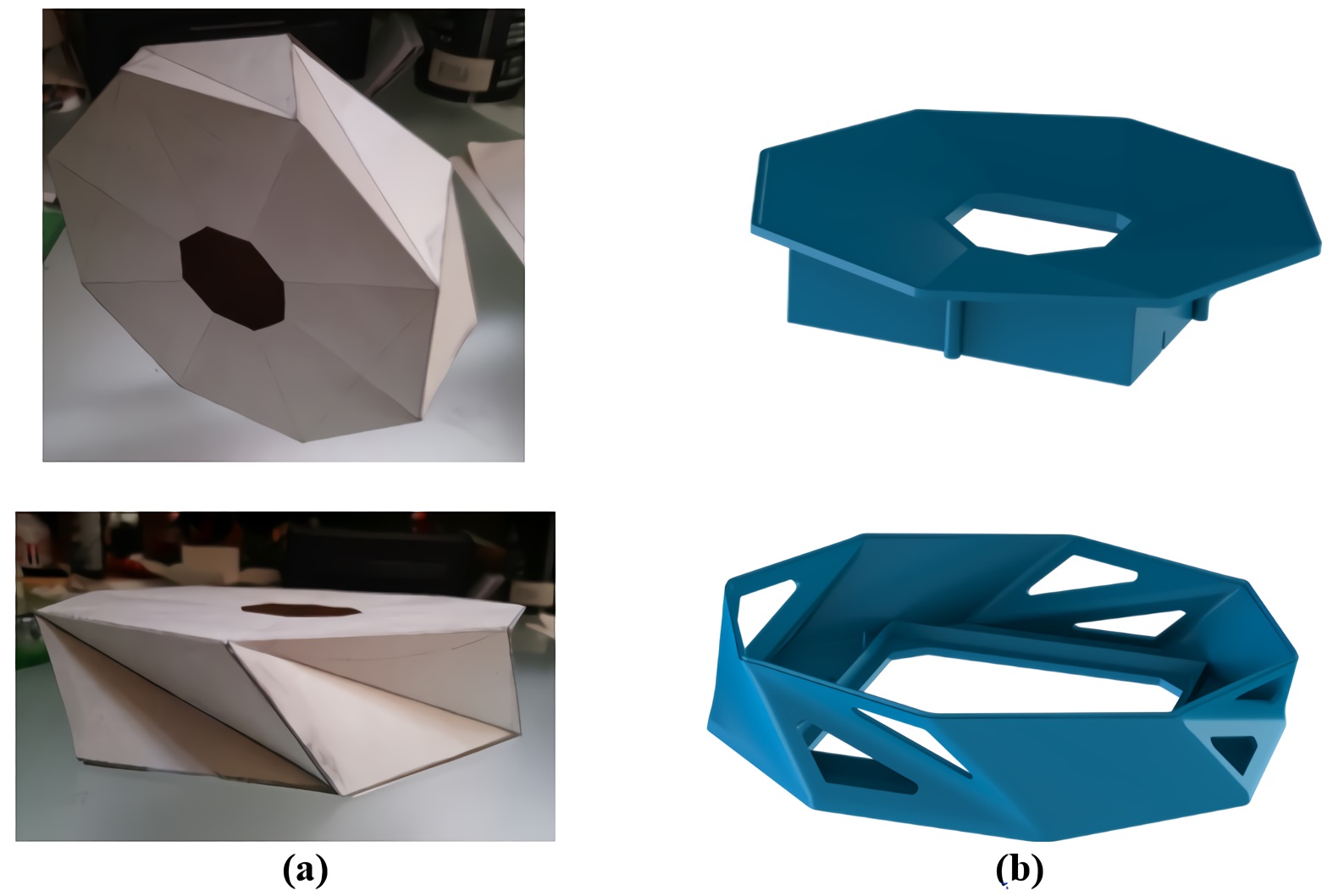
Figure 8 Lighting system design. (a) Top, octagon rotation. Bottom, vertical position. (b) Case (lower and upper part)
The octagon is the most basic shape of the luminaire, which is composed of two of them. Moreover, despite the device is a static polygon the movement is generated by rotating one of the octagons. The angles obtained thanks to the rotation create two vertical supports for the luminaire. In Figure 8a these two aspects can be observed. In addition, these angles allow a palmar grip that facilitates motion within the home. Initially, the possibility of users moving with the luminaire inside and outside the houses was established. However, inquiring with the community showed that people in the NIZ require both hands free to move outside the house. Therefore, for outdoor use some lateral perforations were made in the structure in order to be able to hang it on the user’s body or on walls for various uses.
The luminaire is made up of a case (two pieces made of recycled polymers), the photovoltaic system, and three LEDs. Figure 8b shows the case that contains the panel and the part that will be directly subjected to solar radiation at the moment of loading. The two pieces (upper and lower) have internal elements to support the electronics of the luminaire. In addition, these elements remain isolated from humidity, radiation, rain or any agent that affects its correct operation. On the other hand, the solar panel and the three LEDs will heat up. The first at the time of charging and the second at the time of use of the luminaire, therefore it was necessary to generate ventilation spaces to guarantee the useful life of the entire system. In this respect, the lateral perforations have two functions: To allow air circulation and grant a rope to be intertwined to hang the luminaire. For stability criteria, eight perforations were made as shown in Figure 8b.
3.3.3. System integration
The first prototypes were built in cardboard in order to check the optimum angle of rotation needed to have two supports for the external structure. Subsequently, some test samples were 3D-printed so as to define the internal aspects of the lower piece. On the other hand, the internal circuit that connects the panel and the battery, as well as the LED diodes and the switch, viz. all the functional elements (electronics) of the luminaire, were built. Moreover, we conducted several charge/discharge periods in the aim of analyzing the performance of the panel with a single light intensity from the three LEDs before assembling the complete device.
The examination of the functionality of the internal system began with the direct connection of the solar panel and the lighting system. This test was scheduled to establish the real consumption of the LED diode arrangement. Subsequently, the 2000 mAh lithium polymer battery was connected in order to denote the real exposure time the battery needs to charge, considering variable irradiation conditions and the power of the solar panel. A battery charging control board and an on/off switch complemented the prototype. Furthermore, after several tests with an average time of 6 hours of exposure to the sun (charging time), a power supply of approximately 4 hours of continuous lighting (discharge time) was achieved at the maximum power of the LEDs.
Once the functionality of the internal system would be checked, the first complete prototype of the luminaire was built (Figure 9) and the team carried out the respective usage checks.
Finally, from the design point of view we chose the most efficient system in terms of temperature dissipation provided by the side vents, thus optimizing the performance of the electronic components and reducing the risk of damage due to thermal increase of the system.
4. Conclusions
After verifying all the design considerations for the proposal and construction of the prototype of the luminaire, the team implemented an electronic system powered by photovoltaic energy that is contained in a case made of a mixture of PPr (50 %) and HDPEr (50 %). The selection of the different devices and materials was made having regard to aspects such as portability, power autonomy and ecological impact. Furthermore, we found alternative materials that increase the possibility of such a tool to be implemented in situ and which presented favorable results in the anthropometric indicators. In addition, for the design of the electronic circuit in general priority was given to the environmental implications by the means of the use of technological components found in the current market at a national and international level, while we stimulated awareness in regard to the fact that technology continues to advance and will surely provide better further scenarios. Lastly, the possibility of the use of available technologies in our context contributes significantly to the development of new local projects and proposals, as well as the advances reached by this applied research leave several prospects of deepening: the analysis and study of the selected material for the development of different applications, and taking the portable solar luminaire to a new stage, in addition to the inquiry of the practices of people in the diverse housing reality of the NIZs and the relationship between human beings, electrical energy and nature.














